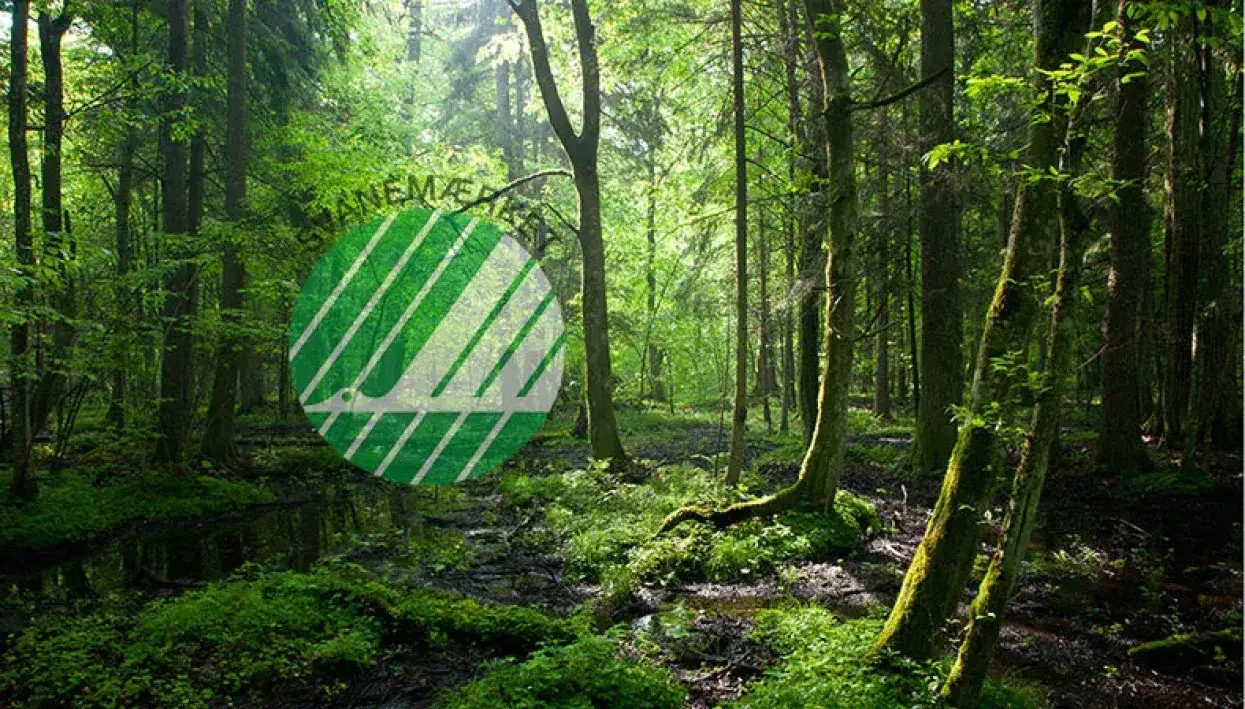Sustainability
Nordic Swan: the highest eco certification?
Author
FESPA Staff
Published Date
10/07/2020
Become a FESPA Member
to Continue Reading
